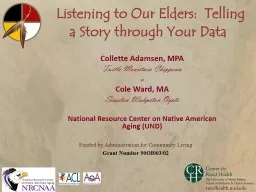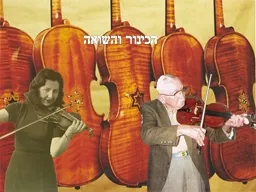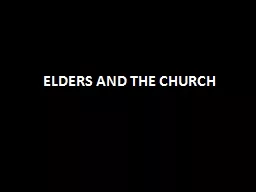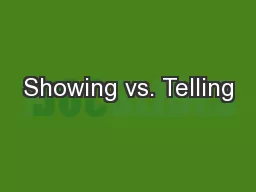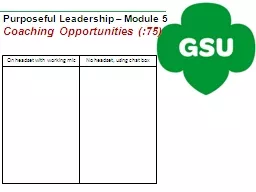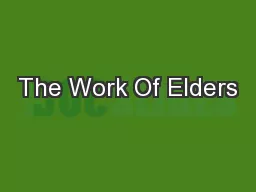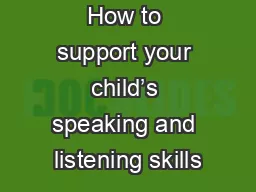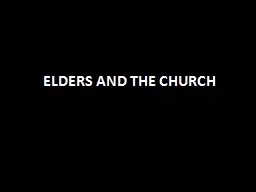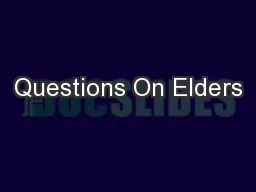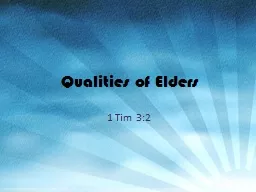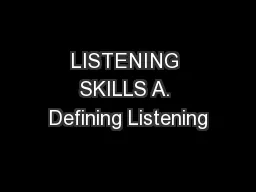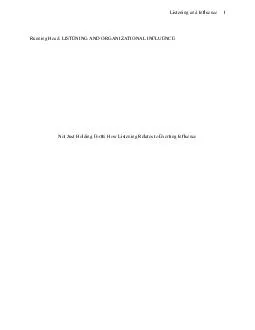PPT-Listening to Our Elders: Telling a Story through Your Data
Author : test | Published Date : 2019-12-25
Listening to Our Elders Telling a Story through Your Data Collette Adamsen MPA Turtle Mountain Chippewa amp Cole Ward MA Sisseton Wahpeton Oyate National Resource
Presentation Embed Code
Download Presentation
Download Presentation The PPT/PDF document "Listening to Our Elders: Telling a Stor..." is the property of its rightful owner. Permission is granted to download and print the materials on this website for personal, non-commercial use only, and to display it on your personal computer provided you do not modify the materials and that you retain all copyright notices contained in the materials. By downloading content from our website, you accept the terms of this agreement.
Listening to Our Elders: Telling a Story through Your Data: Transcript
Download Rules Of Document
"Listening to Our Elders: Telling a Story through Your Data"The content belongs to its owner. You may download and print it for personal use, without modification, and keep all copyright notices. By downloading, you agree to these terms.
Related Documents

